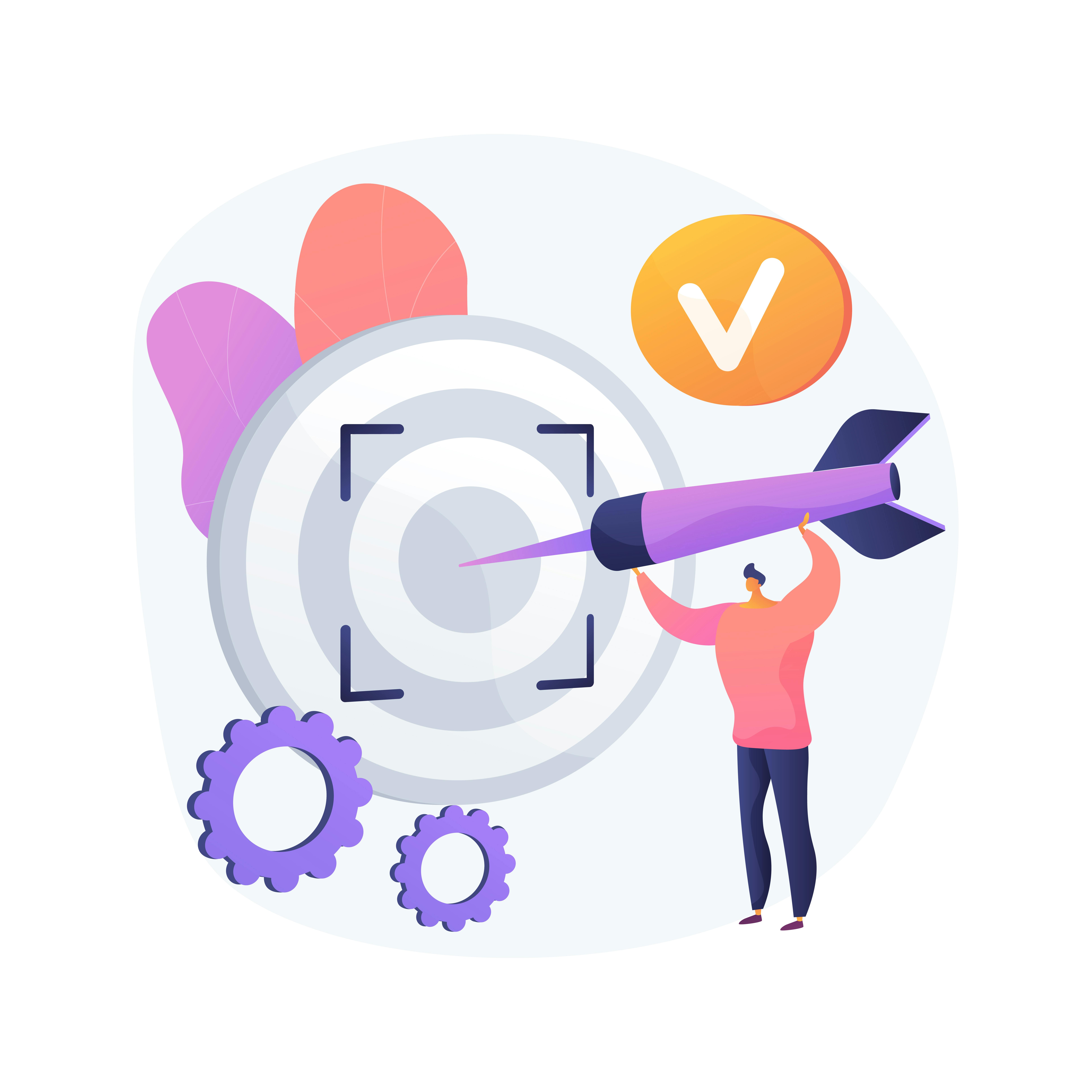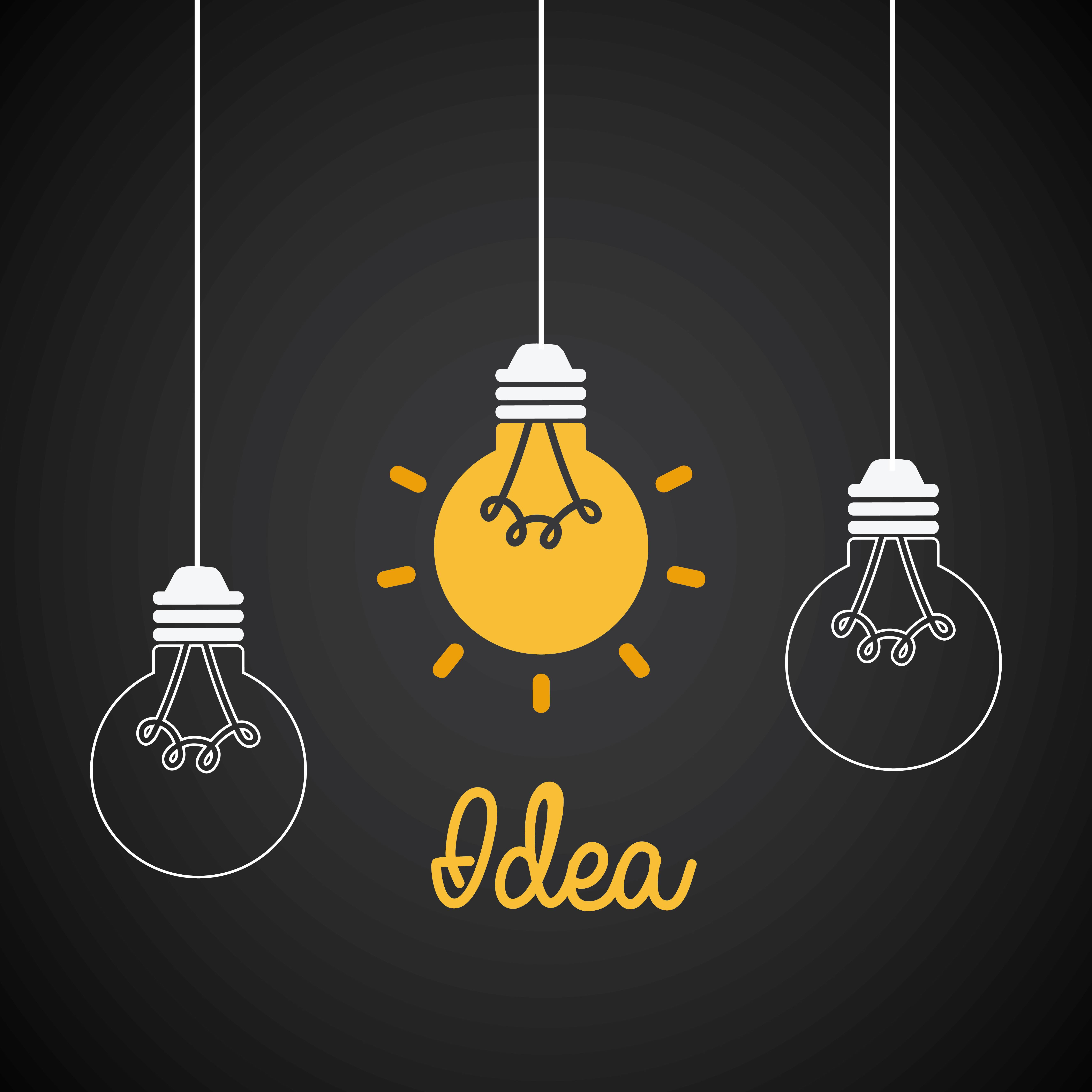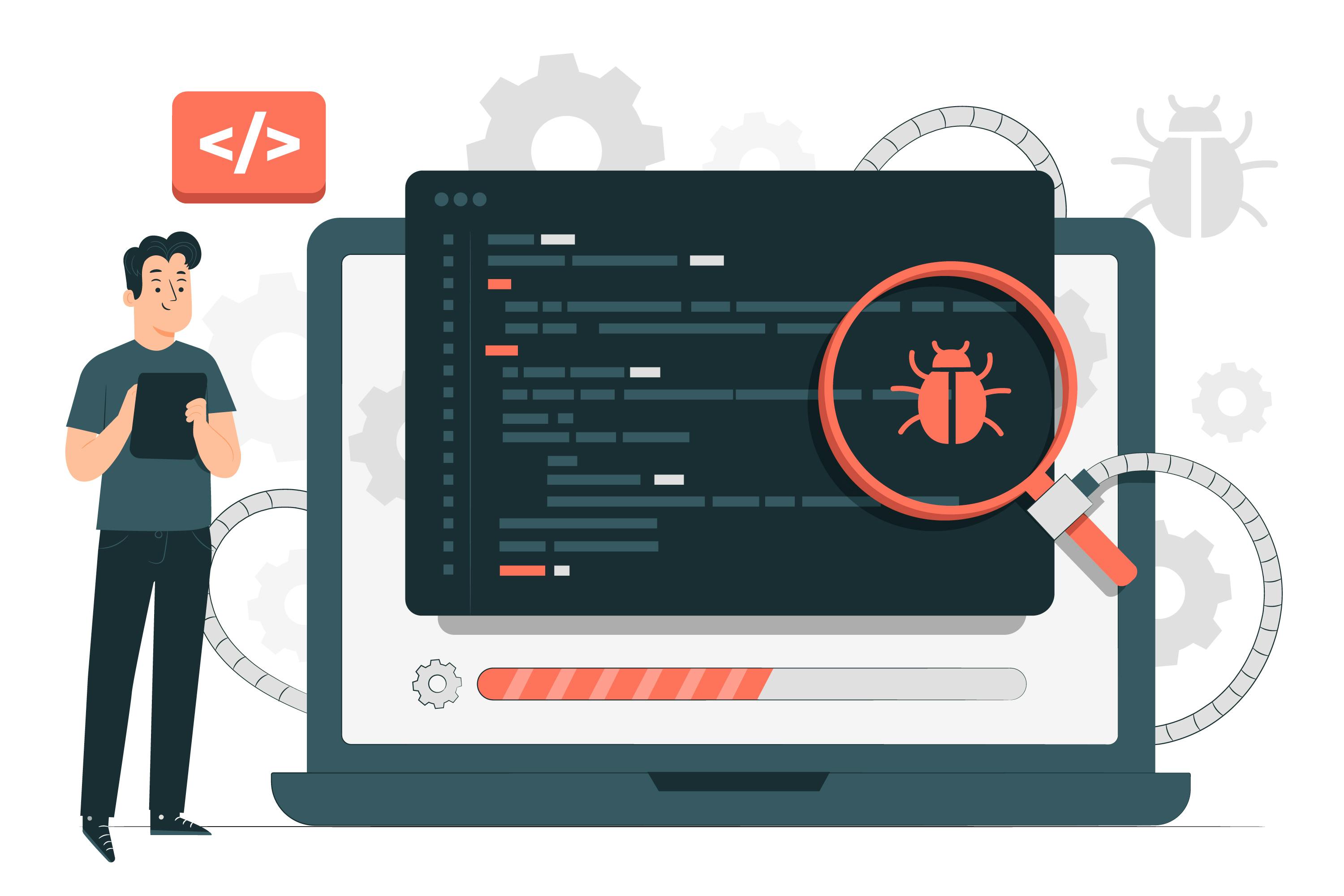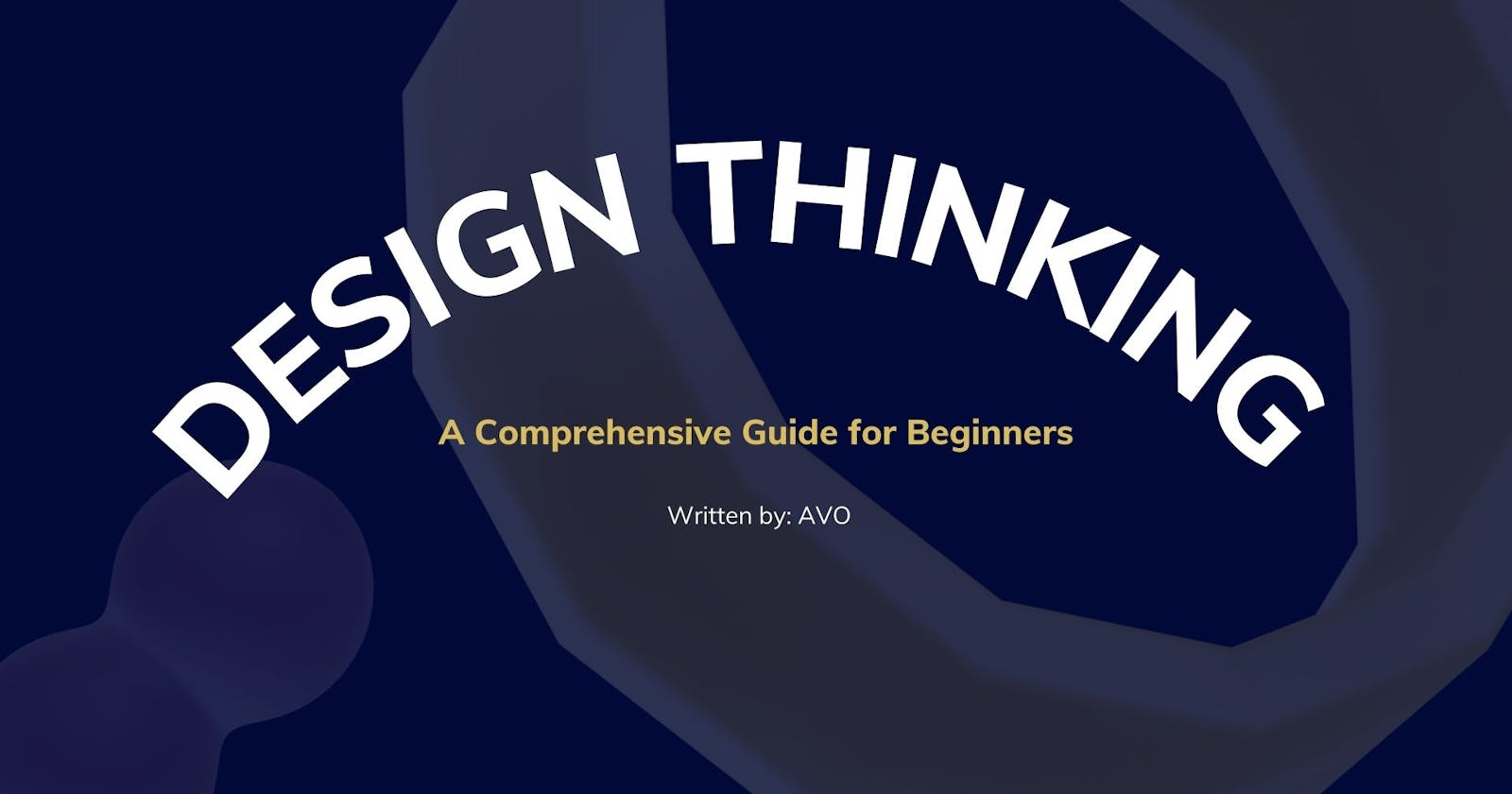Design Thinking: A Comprehensive Guide for Beginners.
This article demystifies design thinking and explains with real-world case study
What is design thinking?
Design thinking is an interactive process that designers use to understand the users, their challenges and redefine problems in an attempt to identify other solutions/design concepts that would make users' interaction with the product smooth. It also helps designers see things that were not put into consideration initially.
Design thinking is also defined as a nonlinear process due to its iterative nature. Although the stages in design thinking can be followed consecutively, they must not be so as you might repeat some of them in the process.
Stages in Design Thinking
Design thinking, like every other process, has stages that make the process successful. In this article, I will be using a company that needs a solution to aid its users in ordering food online as a case study. Design thinking ranges from 3 – 7 stages but can be narrowed down to 5 stages, explained below:
1. Empathy
-
This is the first stage of the process, which requires understanding the users, their behaviour, goals, needs and carrying out overall research on the users. You could do this by creating questionnaires (online surveys), interviews or data from previous feedback from the users. In this stage, you need to research the food company, its users, and its products to understand the customers’ pain points, and demographics to know if ordering food online will be the best option.
2. Define

After collecting data from the empathy stage, you can now utilise the data to create a problem statement in ascertaining the customers’ demography and the best approach to tackle that particular demography problem. At this stage, creating a user persona will help represent each category of customers properly. Let's say from the information discovered, the primary customers of the food company are people within the age range of 30 – 50. We can deduce that they are busy people and most of them may not have ample time to cook, therefore, having food delivered to them won't be such a bad idea.
3. Ideate

This is where brainstorming takes place. Ideas are created, designers begin to find inspiration (creating mood boards), and ideas are adequately analysed. All these are done in a bid to come up with solutions to the user’s problem. From our findings, creating a food timetable with options would be an excellent move to enable them to create their menu and order food for the day or week. Also, creating reminder and suggestion options would be necessary.
4. Prototype

In this stage, the ideas and solutions generated over the previous stages are brought to life in a wireframe using prototyping software like Figma. You can also do a paper prototype(sketch). This is very important because as you are prototyping, new ideas tend to come to mind. In this stage, we also have the opportunity to see how the user feel about the product. Inputting features from the ideation stage and structuring the product, for example, you get to input the reminder button, where you want it to be, how you want the users to access it, etc.
5. Testing

This is the last but not the final stage of the process. At this stage, the product is ready for the market and all that is left is to confirm that it serves as a solution to the customers’ problem. We will give some people access to the product to use it and provide us with feedback. It’s not the final stage because after the testing phase and the feedback are received, it will enable us to know if the product solved the problem and if not, some of the stages would have to be repeated. This now makes it an iterative process as earlier stated. Until the product solves the problem for the users the process will be repeated.
Following these steps will get you to create an awesome product and give solutions to users’ problems. In a case where the product does not serve as a solution to the problem, don’t feel bad, all you need to do is go through some of the steps over again to find out what you missed.

